Board decides to build
Neighborhood shows distaste
Residents of the Summerset and Trilogy retirement communities piled into the Summerset IV Lodge last week to let officials from the Contra Costa Community College District and the city of Brentwood know they no longer support the site selected for construction of the new permanent Los Medanos College Brentwood Center campus.
District Governing Board Vice President John Nejedly, who represents Ward IV where the new campus is slated to be built, was invited to a special town hall meeting Nov. 7 to answer questions and address concerns from about 200 members of the age-restricted communities in the area.
He brought with him the college district’s Chief Facilities Planner Ray Pyle, Director of Communications and Community Relations Timothy Leong and LMC President Bob Kratochvil.
Increase of traffic in the neighborhoods near the proposed site for the new campus, located at Marsh Creek Road and Vineyards Parkway, and safety were the main issues residents wanted the college district to address.
Resident Louise Calderone said even if additional bus routes were to be added, Fairview Avenue would still be negatively impacted by an increase of cars because most students would still likely drive to school.
“Everybody is going to use Fairview Avenue for the quickest access to the property,” said Calderone.
Until recently, the college district was not aware of any objections to the site it selected for the new Brentwood Center.
Diablo Valley College President Peter Garcia — former LMC president, vice president and dean of economic development — worked on the project during the three phases of his career at LMC and said in an email interview that there were no complaints raised during the planning of the new campus.
“This was a long involved process, and no one objected at any point,” said Garcia. “The developer and existing residents saw the value of a community college on the Vineyards site and understood that our value would extend to their property.”
But this is not the case anymore and residents of the area made their sentiments known at the meeting.
The biggest concern among residents was the influx of cars the new campus would bring to Fairview Avenue, and Pyle used data he collected to address the issue.
He said traffic down Fairview Avenue should not be a problem because students will choose a more ideal course to go to school.
“The shortest route with the quickest access and the quickest turns is going to be straight down Route 4,” said Pyle.
Pyle explained that it would only take six minutes for students to reach the campus coming from Highway 4, which has all right turns, compared with the 10 minutes it would take if they went down Fairview Avenue, which has all left turns and more stop lights.
Summerset Vista Board of Directors President George Schmidt responded by pointing out that at certain times throughout the day the amount of traffic will likely affect the roads students will take to get to school.
“How many of you sitting at that table have driven Highway 4 at 5 o’clock in the afternoon, [or at] 8 in the morning?” asked Schmidt.
Students are notorious for being late, he said, and will take the fastest option available and during peak traffic hours that will be Fairview Avenue.
Also, those who live in Trilogy and Summerset were concerned for their safety with more cars on the roads near where they live.
Resident Suzan Lawrence pointed out that if the college is built on the land currently owned by the district, it would put the two most dangerous sets of drivers on the road at the same time — teenagers and seniors.
“They are not a good mix and I see a lot of them will be going up and down Fairview,” said Lawrence.
Teenage drivers tend to be more distracted, speed and are more likely to be impaired due to drugs and alcohol, explained Lawrence, and seniors have age-related impairments that affect their ability to drive. She added that seniors, as they grow older and frail, are more likely to be injured or die in an accident.
Nejedly said during the meeting the college district is willing to help mitigate safety impacts the new campus may cause by working with residents and in collaboration with government agencies. He said the district wants to ensure that “we are good neighbors where our campuses are” and there have already been improvements made to the current site to help with the flow of traffic.
“We will continue to discuss with you and with them any improvements outside our property that you think are needed,” he said.
But after hearing complaints from residents, Nejedly said he is still set on building the permanent Brentwood Center at the Trilogy site and said his hope is the college district governing board will vote to go ahead with the project at its Nov. 12 meeting (see accompanying story from page 1), and that it will have the residents’ support in moving forward.
“At this point in time Pioneer Square makes the most sense for a permanent Brentwood Center. Most importantly because we own the land, but thanks to the passage of Measure E we now have the funding to build on that property right away,” said Nejedly, adding that it was the best site when it was bought in 2011, and it still is today.
In contrast, Governing Board Member Greg Enholm, who represents Ward V, said he still wants the location of the future Brentwood Center to be moved to an area more centrally located.
“Having heard, for an hour and a half, the college district and the residents, I remain convinced that the Moklumne Trail location is the better place from a long-term perspective,” said Enholm.
Enholm has been a ardent supporter of BART Board of Directors President and Summerset resident Joel Keller’s 11th-hour proposal to move the current site allocated for the new campus to a spot near a possible future eBART station at Lone Tree Way and the Mokelumne Trail — moving it from Nejedly’s Ward IV to Enholm’s Ward V.
Also during the meeting, the college district officials took the opportunity to clear up issues concerning the Supplemental Environmental Impact Report, which had been brought up in other meetings and correspondences regarding the Brentwood Center site.
In a guest commentary for the Contra Costa Times, Keller said the college district’s SEIR acknowledged the LMC Brentwood Center project would “degrade the level of service at the intersection of Marsh Creek Way and Highway 4 to an unacceptable level but concludes this is an unavoidable impact.”
Lack of traffic lights in the area already creates dangerous driving conditions on Fairview Avenue, said Keller, adding that the “addition of the unmitigated college district automobile traffic” will only make a bad situation worse.
Enholm has also quoted information such as this from the SEIR to support his reasoning to move the current site chosen for the future Brentwood Center.
“The most important issue identified is that the SR4/Marsh Creek Road interchange will have so much additional student/faculty/staff traffic that will have an unacceptable LOS (Level of Service) at many times,” said Enholm in an email regarding the implications of the SEIR conducted by the college district.
But Pyle explained at the meeting why this information, even though it was extracted from the SEIR, is not realistic.
The original Cowell property chosen by the district for the future location of the new Brentwood Center was stilled zoned for a community college campus at the time of the SEIR. Since the college district was proposing to change the zoning of the new Pioneer site, which is about 300 yards away from the Cowell property, to a community college campus as well, the state required the district to study the area as if there were two fully-functional campuses operating at the same time.
“If you look just at one section of it, of course [the SEIR] shows a significant impact because it’s got two 5,000-student community colleges across the street from each other,” explained Pyle.
So because the college district realized this was not realistic and there would never be two community colleges in that area, he said, the district did an alternative study, also included in the SEIR, that analyzed the impacts of only one college operating in that vicinity. The results of that study showed no significant, or less than significant, impacts to the environment and traffic.
Pyle also pointed out that in the new Brentwood city plan, the Cowell property has now been rezoned to commercial development, thus validating the college district’s findings in the alternative study.
Keller said in an interview that unless the college district has a way to mitigate the increase of cars on Fairview Avenue, the zoning issue is a minor point.
Kratochvil noted in an interview after the meeting that there needs to be open dialogue with the community during the building process from here on out.
“We do our design based on student and instructional needs but because this is being built in an area that is already established we are going to have to have, and build, relationships with the people in the surrounding areas so that we can make sure that they know … what it is that we’re building,” said Kratochvil.
He also commented on the issue of traffic and the need to collaborate with everyone involved.
“On the exterior traffic issue,” he said, “that’s just something that we are just going to have to work with the city on, with the fire department, with our architects and things like that to see what we can do in an inclusive manner to make sure that that’s mitigated.”

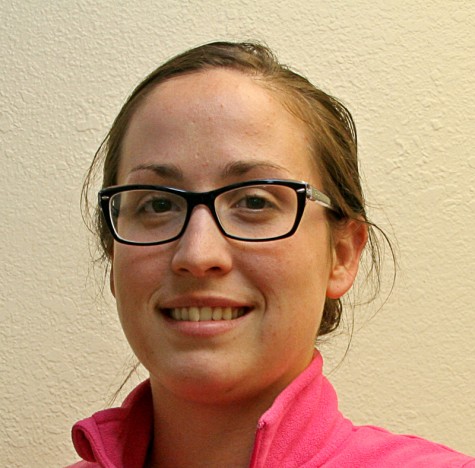
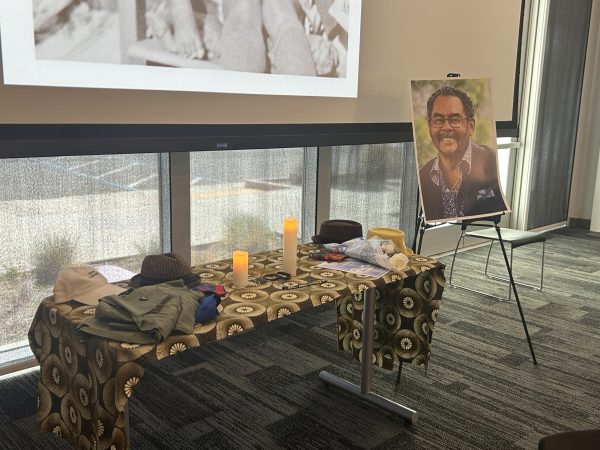

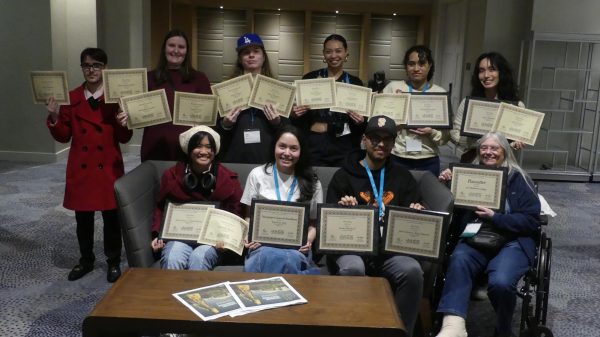
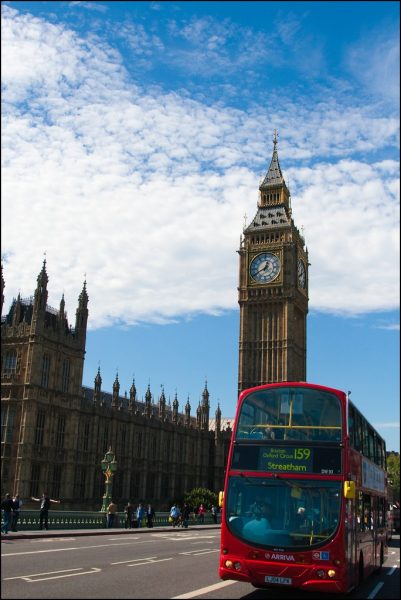


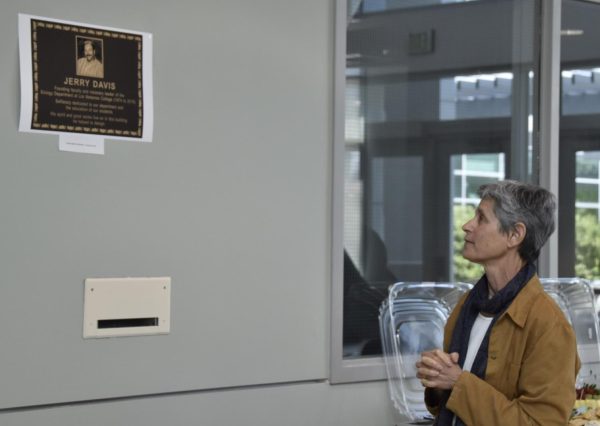
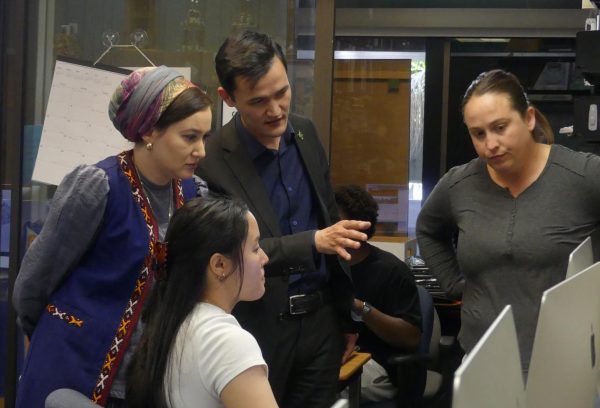
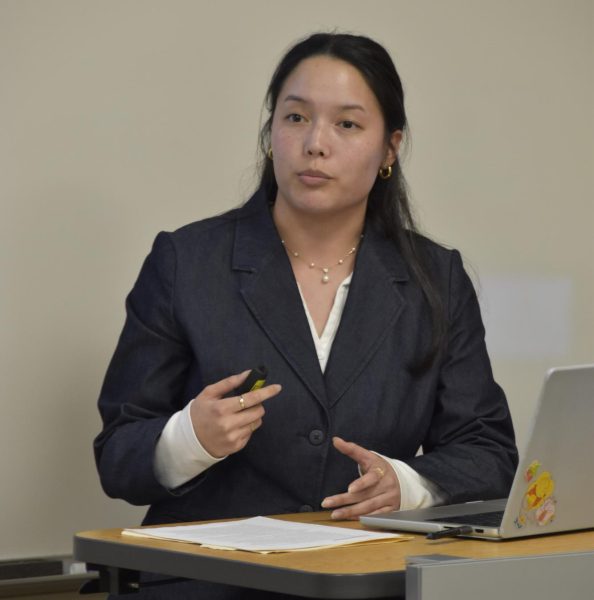

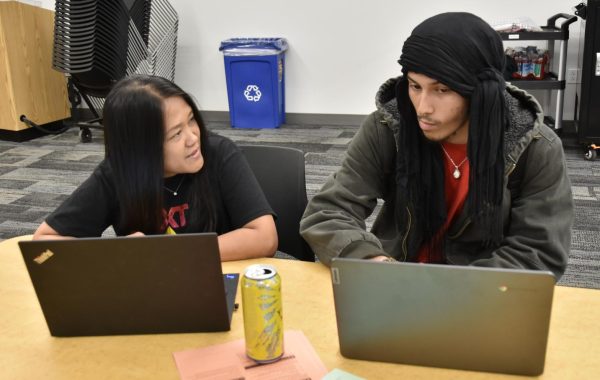
Craig Lawrence
Nov 17, 2014 at 11:26 am
This is actually the third article of a series on the important topic of the location of the new Brentwood campus. I have enjoyed all three. Well organized and good reporting!